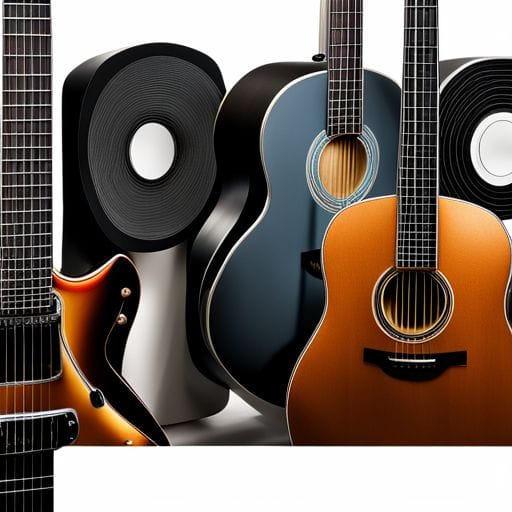Mastering for Maximum Volume and Impact

Can you provide any examples of songs or albums that have been mastered effectively for maximum volume and impact
As the final creative and technical step in the music production process, mastering is vital for achieving balance, clarity, and loudness. But the quest for maximum volume and impact involves more than just fiddling with gain levels. It’s about striking a fine balance between loudness, dynamic range, tonal balance, and stereo width. So how can you master your tracks for maximum volume while keeping everything else in check? Let’s find out.
Understanding Loudness War
Loudness War refers to the trend of increasing audio levels in recorded music. However, excessively loud records can cause listener fatigue and can destroy the dynamic range. So, your goal should be to create the loudest tracks possible without causing harm to their sonic quality.
The Art of Limiting
The key tool for controlling loudness is the limiter. Using a limiter during mastering ensures that no part of your track clips or distorts, and it can also help bring up the overall volume. The trick to successful limiting is to avoid pushing your tracks too hard. Remember, the purpose is to control the peaks, not squash them entirely. Over-limiting can lead to distortion and loss of dynamics.
Importance of Dynamic Range
Dynamic range refers to the difference between the quietest and the loudest part of a track. A good dynamic range is what makes a track feel punchy and alive. Although maximizing loudness can compromise dynamic range, some strategies can help you strike a balance. For example, using automation to manually control the dynamics of your mix or using transient designers to sharpen or soften the attack of your sounds can make them pop out in the mix
Tonal Balance and Stereo Width
Tonal balance refers to the frequency response of your track. It’s essential to keep a well-balanced spectrum to ensure no frequency range is too prominent or lacking. Use high-quality equalizers to adjust your frequencies and even out your tonal balance.
Stereo width is another factor to consider. A wider stereo image can make your track sound more expansive and immersive but avoid making your mix too wide that it loses focus. Use stereo imaging tools with caution and always check your mix in mono to ensure everything translates well on different sound systems.
Reference Your Masters
Before finalizing your master, compare it with some well-mastered tracks that are similar to your style. This will give you a reality check on your perceived loudness, dynamic range, EQ balance, and stereo width. Make sure your track holds its own even at a lower volume levels.
In mastering for maximum volume and impact, remember that subtlety is key. The human ear is sensitive and can pick up even minor shifts in volume. Ultimately, the goal is to create a well-balanced, dynamic, and impressive-sounding master, all while preserving the artistic vision of the music. Happy mastering!
